
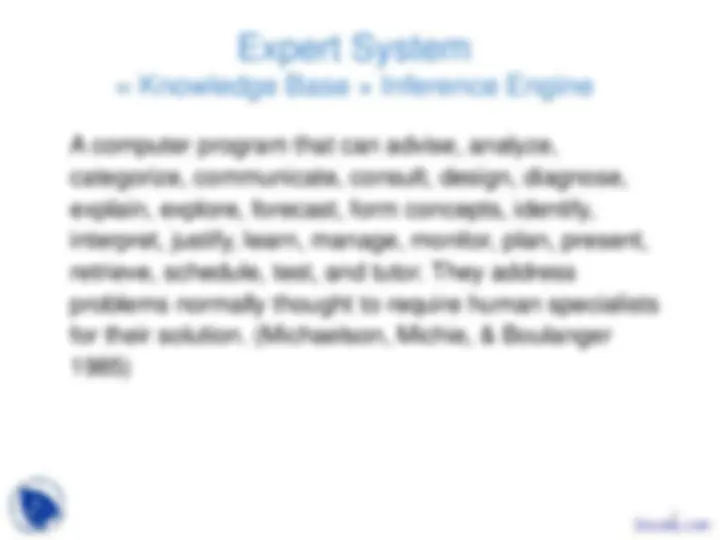
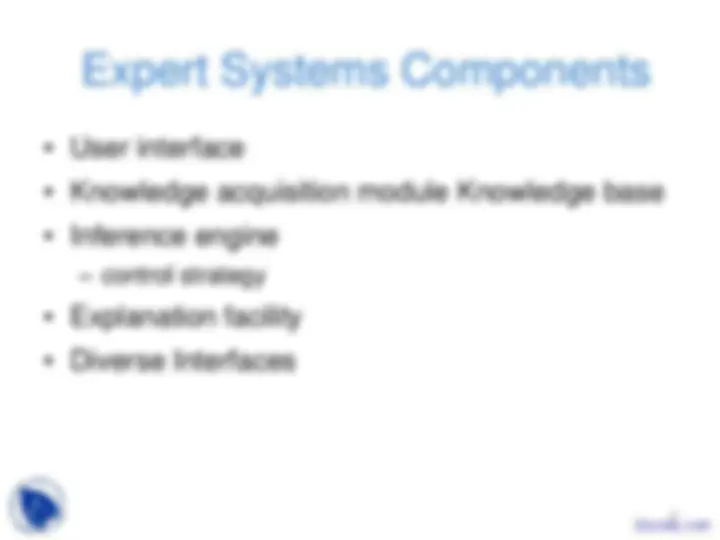
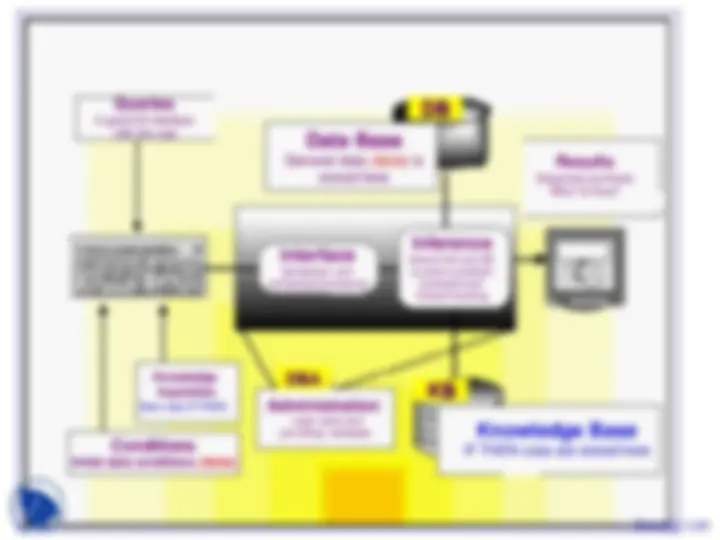
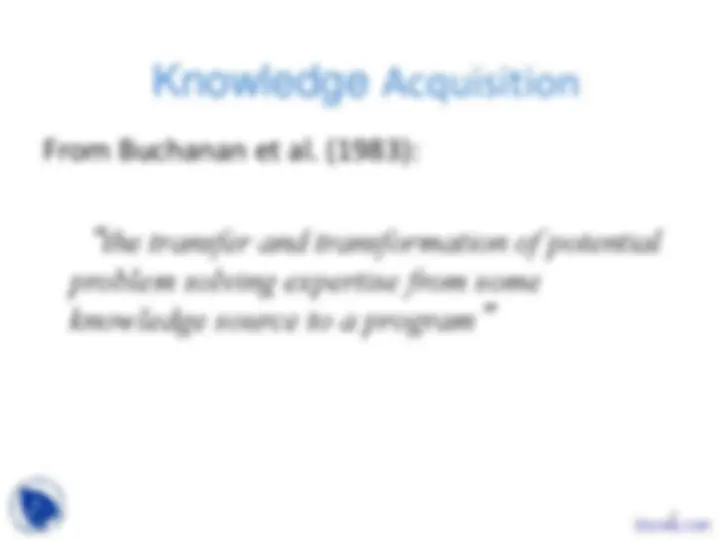
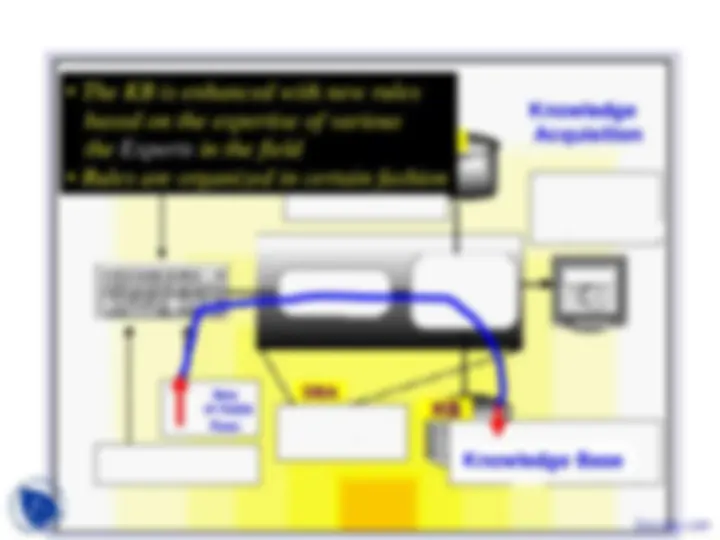
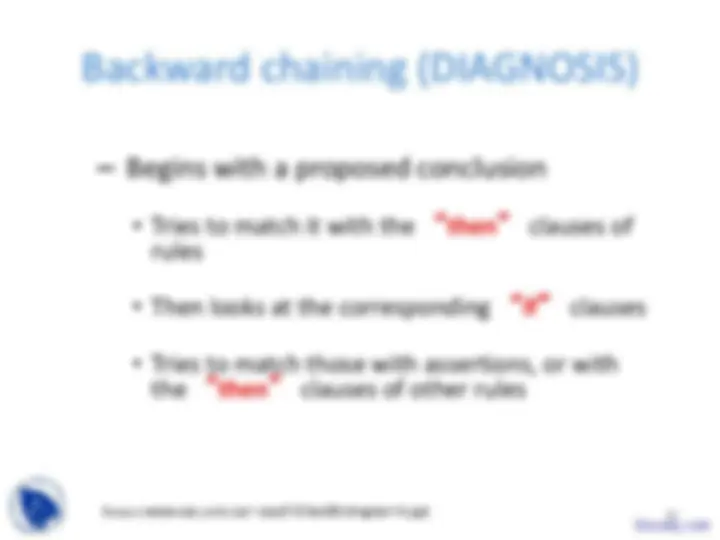
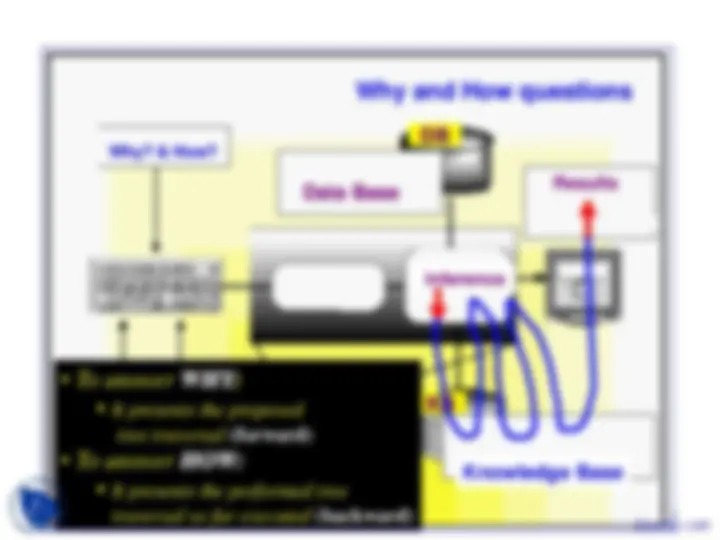
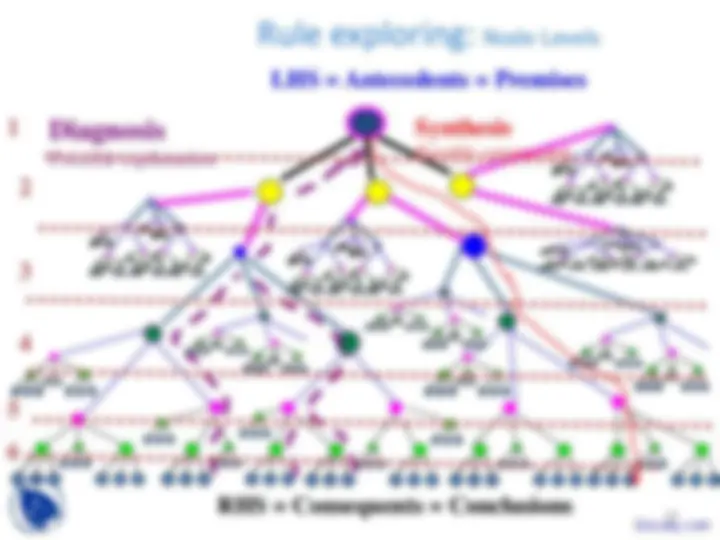
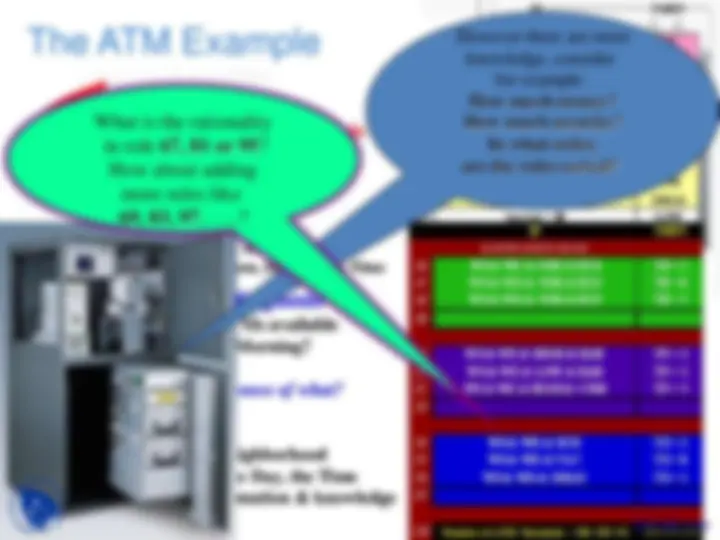
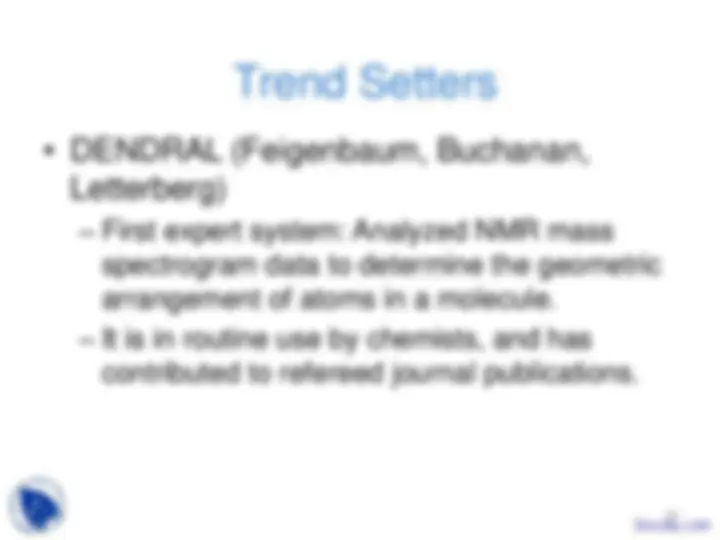
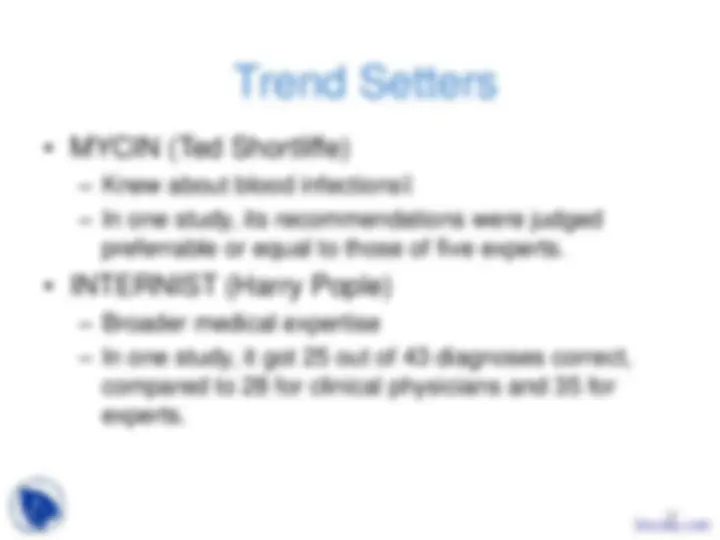
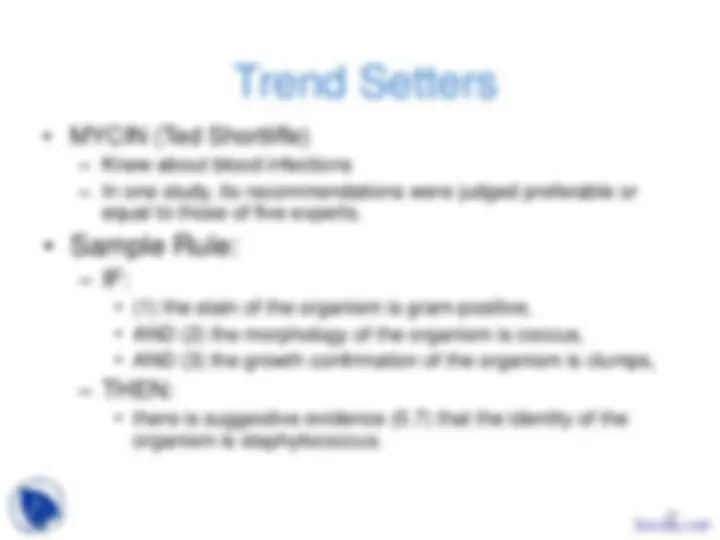
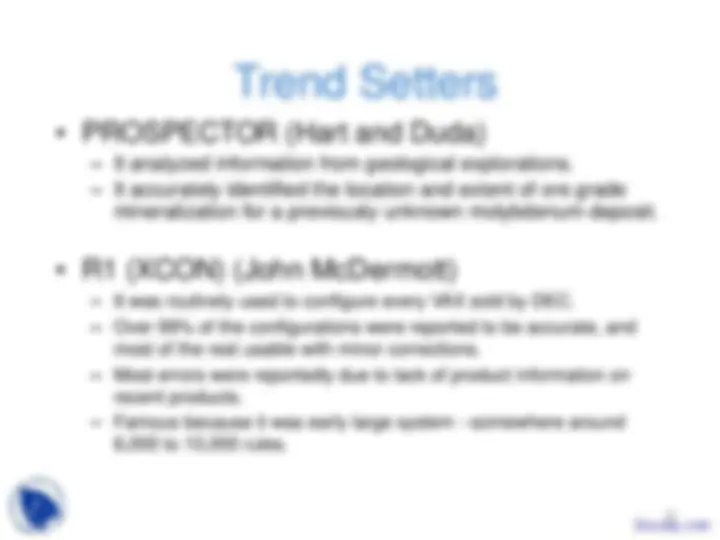
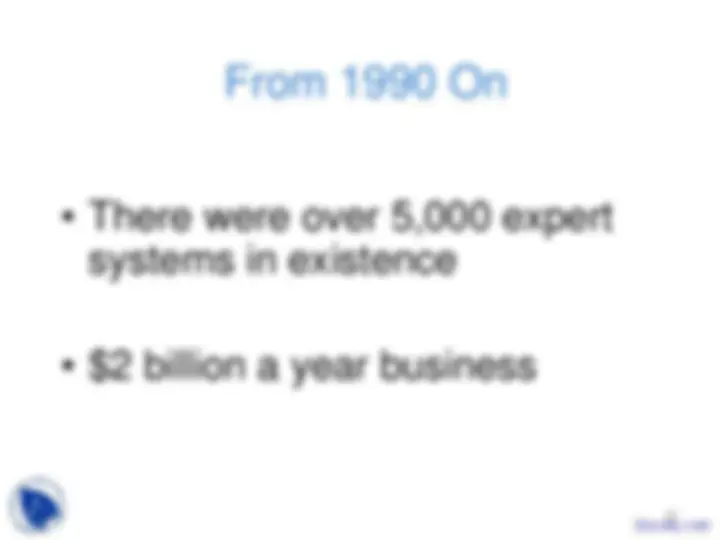
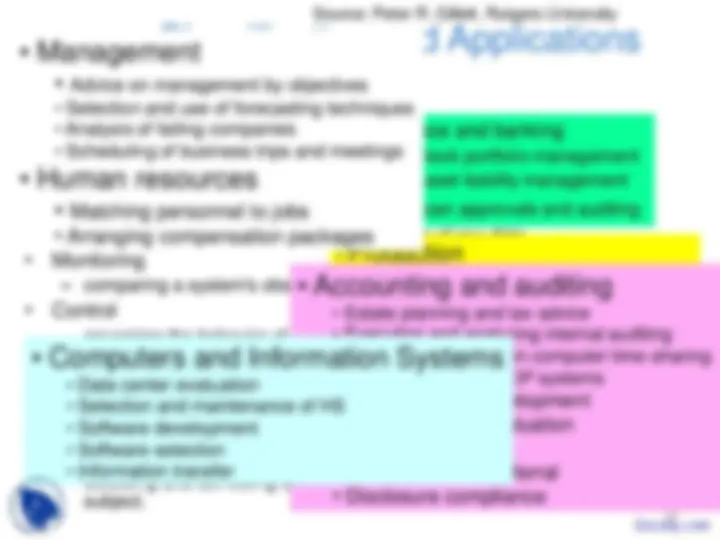
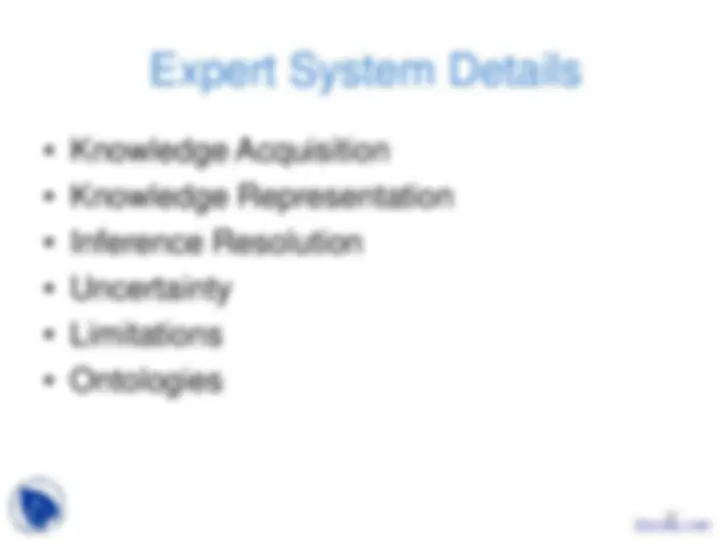
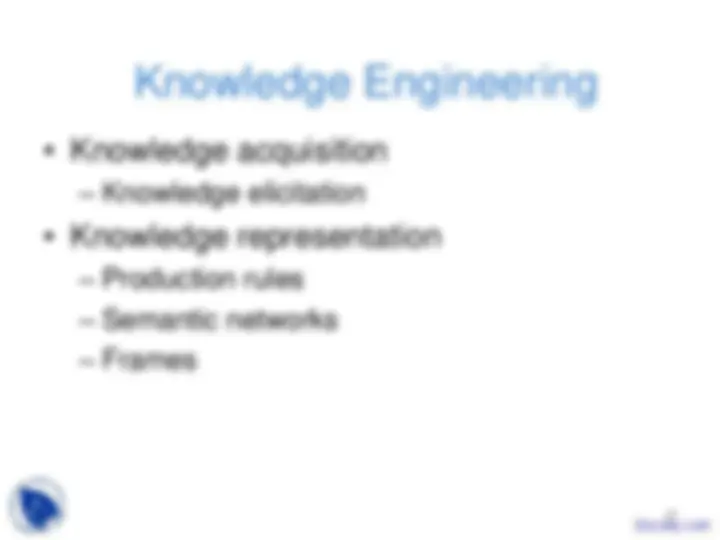

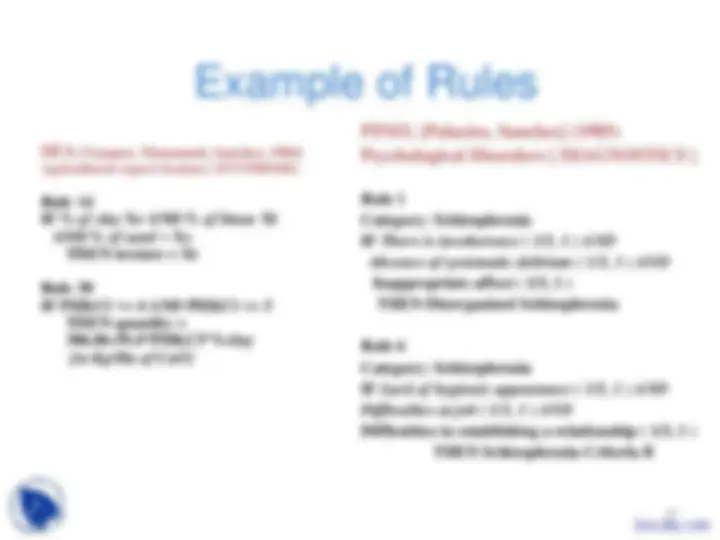
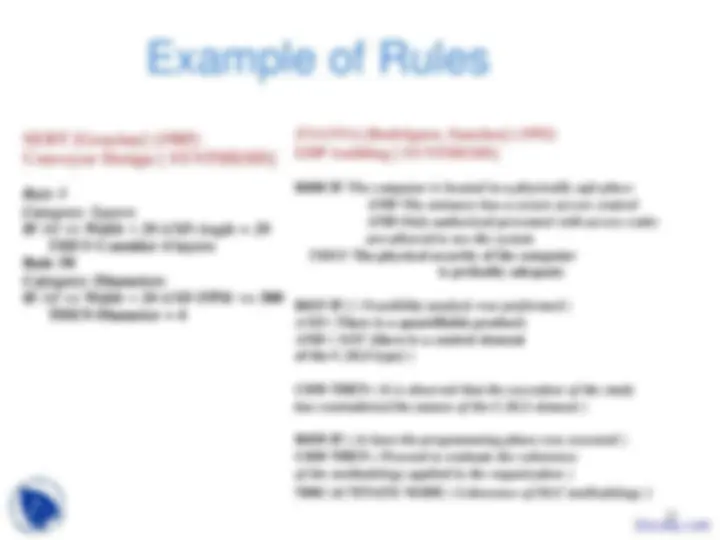
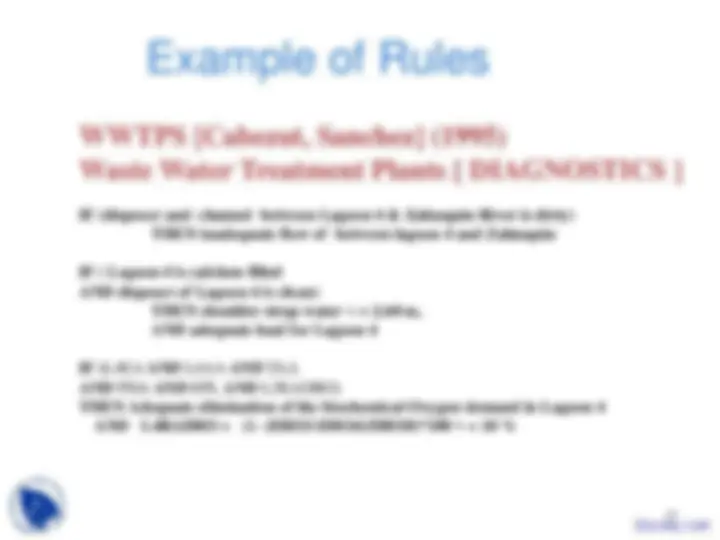
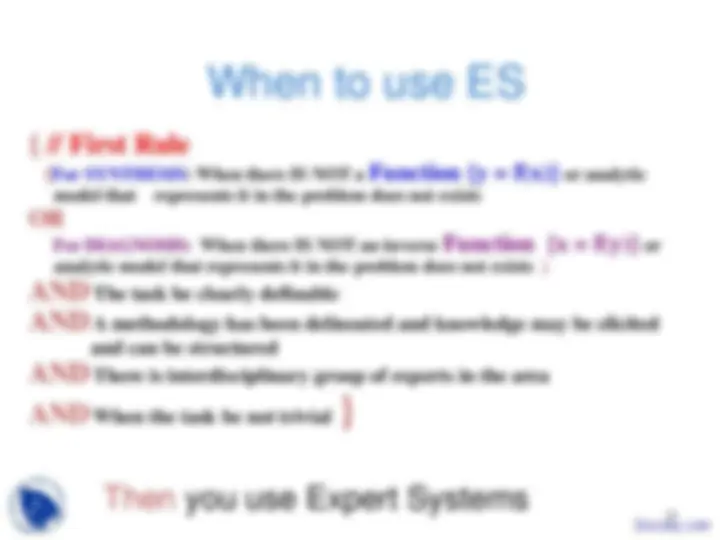
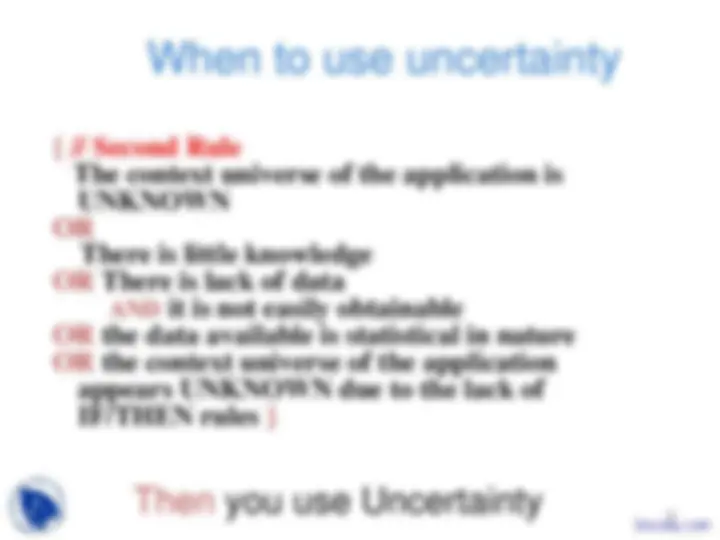
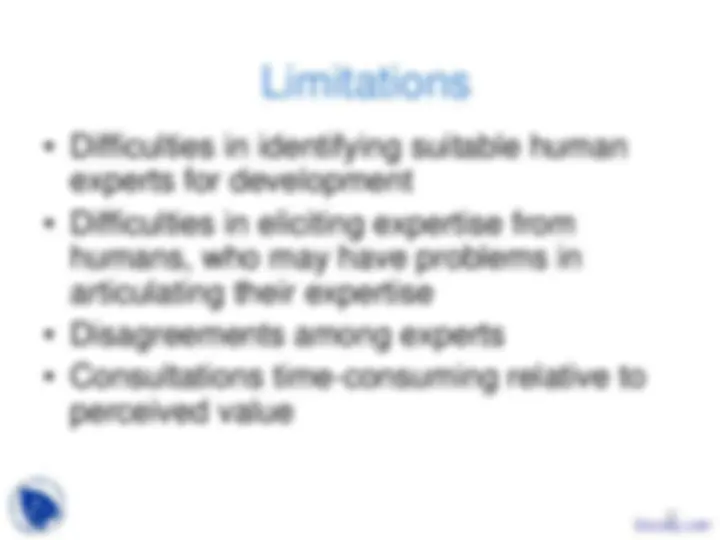
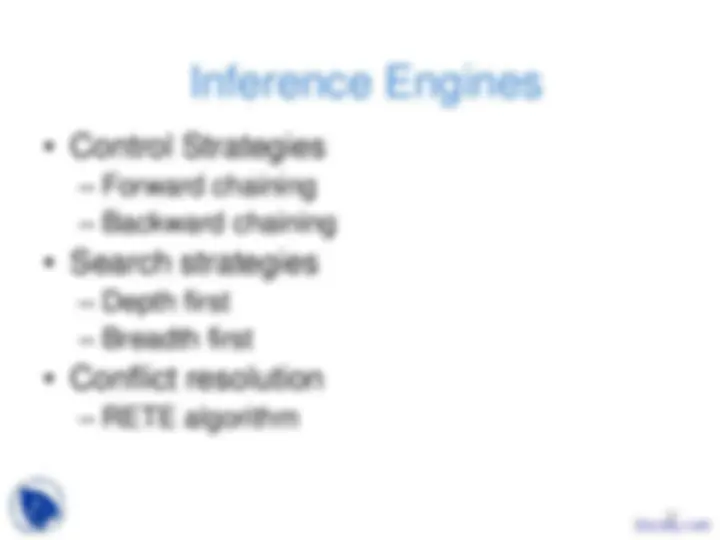
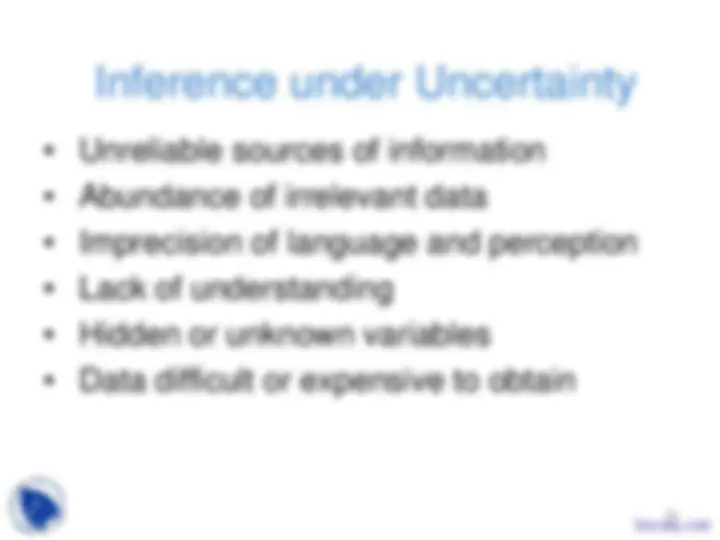
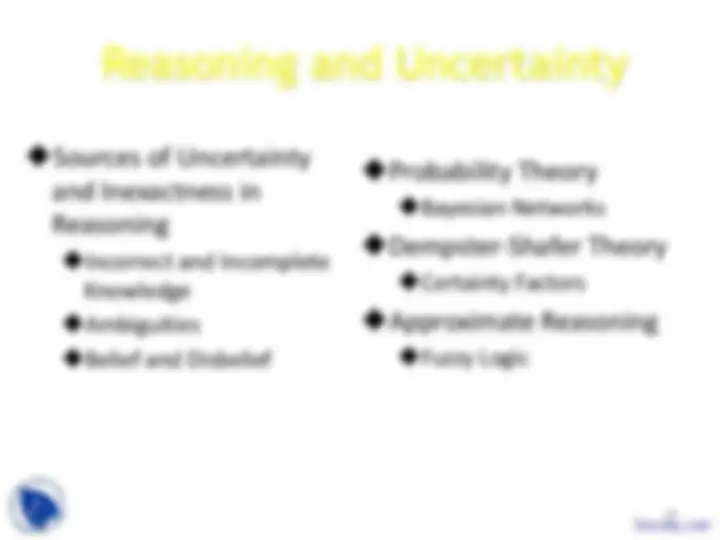
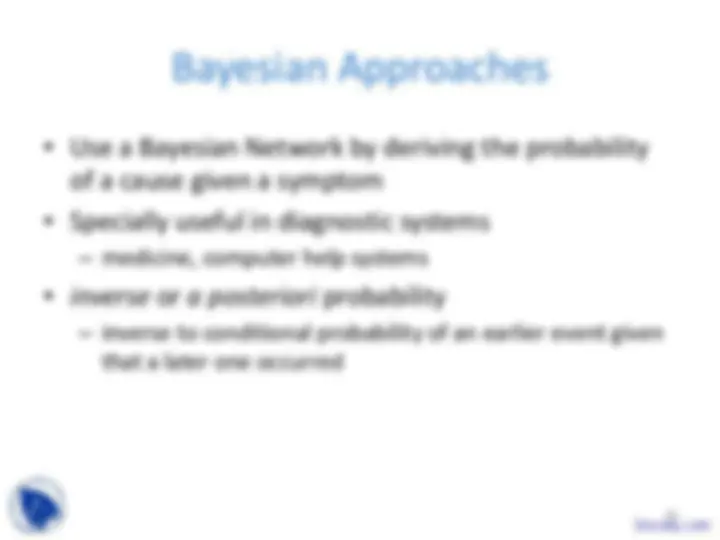
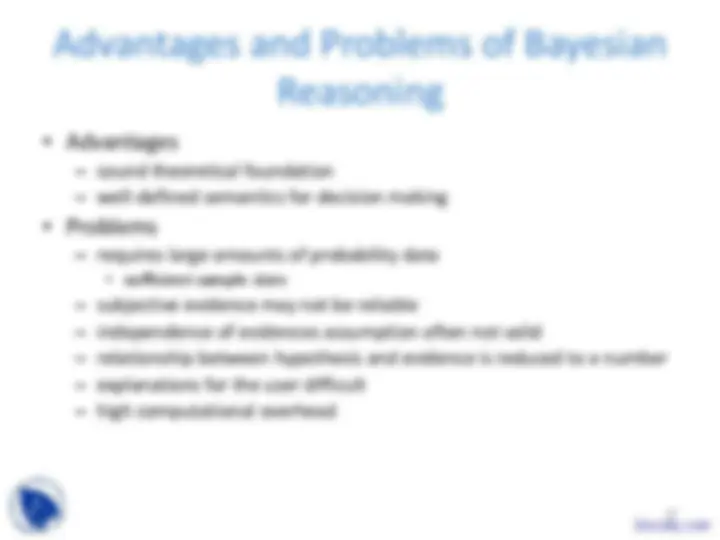
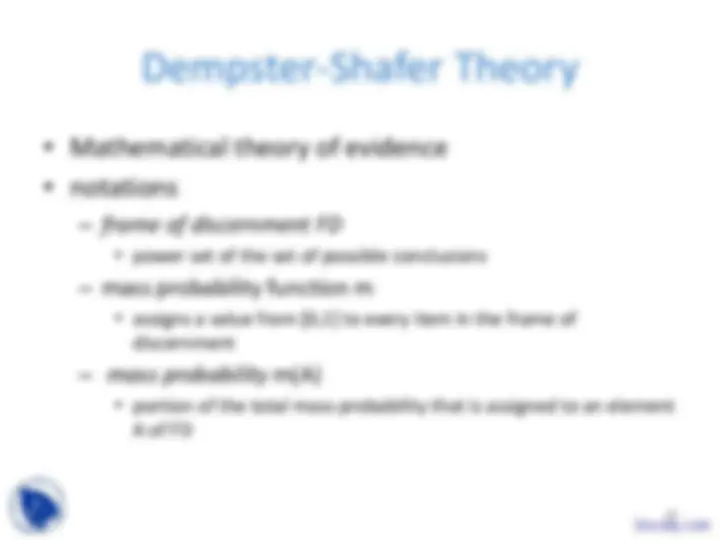
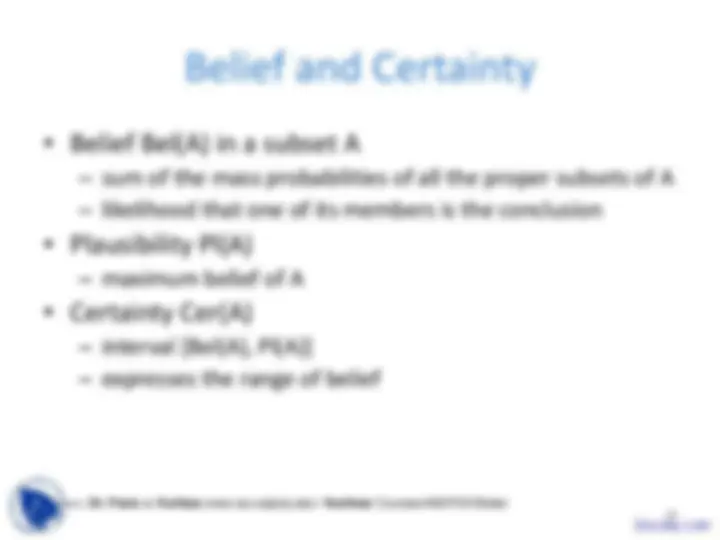
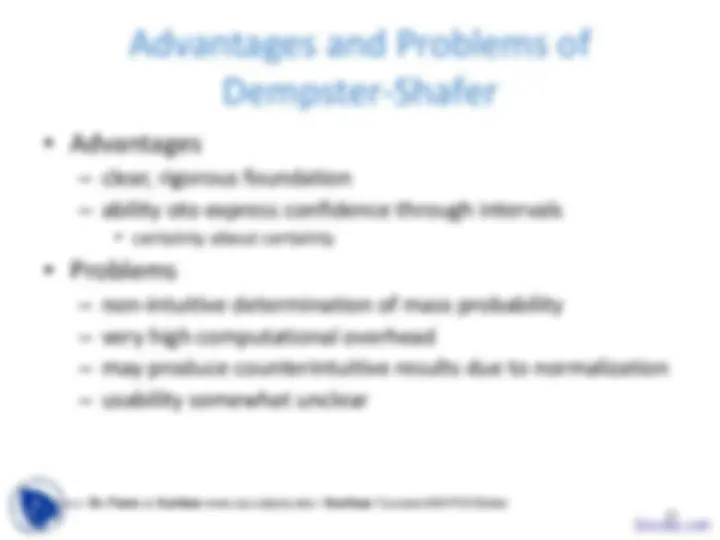
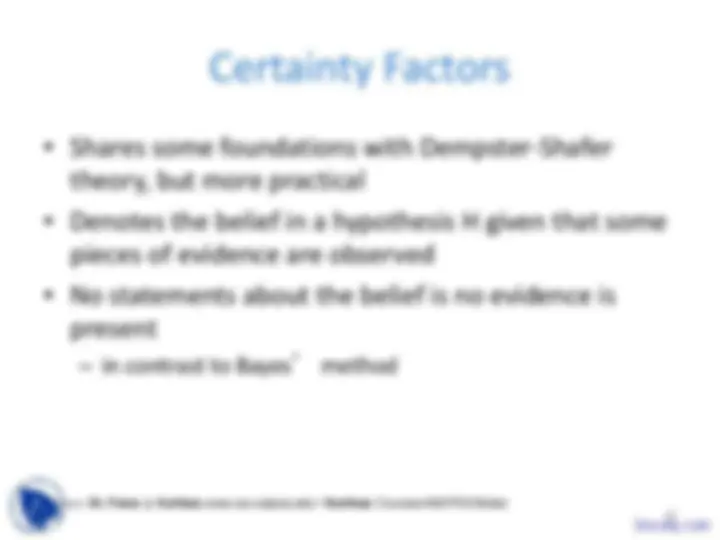
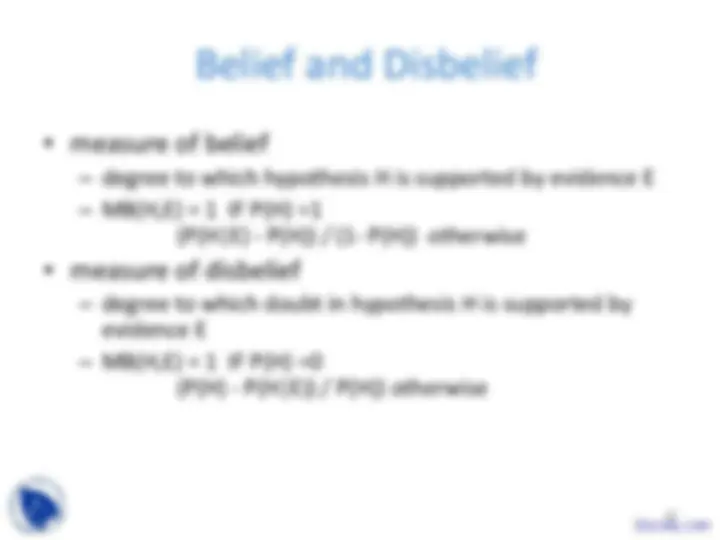
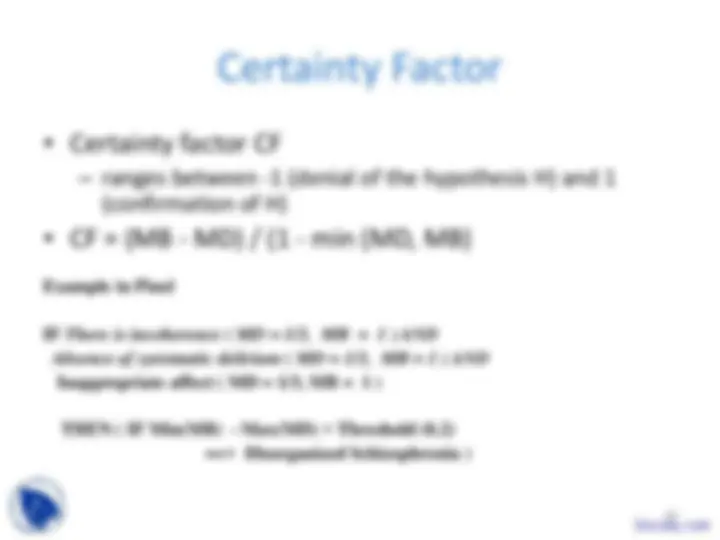
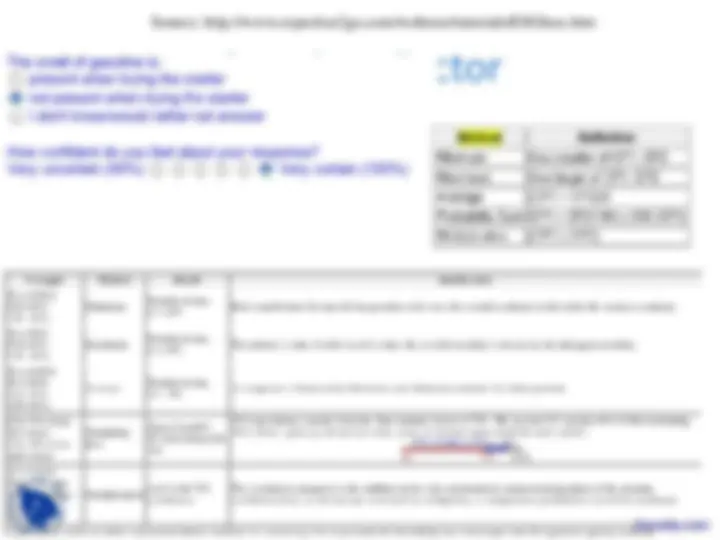
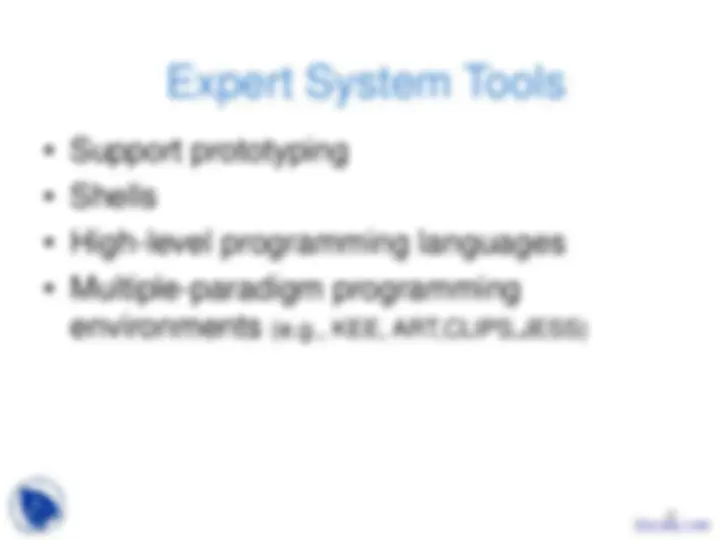


Study with the several resources on Docsity

Earn points by helping other students or get them with a premium plan


Prepare for your exams
Study with the several resources on Docsity

Earn points to download
Earn points by helping other students or get them with a premium plan
Community
Ask the community for help and clear up your study doubts
Discover the best universities in your country according to Docsity users
Free resources
Download our free guides on studying techniques, anxiety management strategies, and thesis advice from Docsity tutors
Some concept of Artificial Intelligence are Agents and Problem Solving, Autonomy, Programs, Classical and Modern Planning, First-Order Logic, Resolution Theorem Proving, Search Strategies, Structure Learning. Main points of this lecture are: Contingency Model, Equivalents, Knowledge Base, Inference Engine, Expert System, Diagnose,, Forecast, Human Specialists, Boulanger, Inference Engine
Typology: Slides
1 / 45

This page cannot be seen from the preview
Don't miss anything!






































In the early 1970 Ed Feigenbaum at Stanford began working with
a simple model to codify knowledge, a model so simple that
people were initially skeptical about the results however they
were so successful that the first true AI application in industry
took place.
Expert Systems made AI known outside of the academic field.
Basically the idea behind the model is to represent the relation
between two pieces of data as an Implication
IF Antecedent THEN Consequent
A = > C (here the concept of implication is the Key)
The IF THEN equivalents
IF Antecedent THEN Consequent
A = > C
Consequent
LHS = Antecedent
RHS = Consequent
LHS
Imply
Equality
A C A = C A => C
0 0 1 1
0 1 0 1
1 0 0 0
1 1 1 1
Bayes A p(C) p(~C) TRUE 0.8 0. FALSE 0.3 0.
WITH P
STM C 1 2 3 4 A 1 0 0.2 0.8 0 2 0.5 0.3 0.1 0. 3 0 0 0.9 0. 4 0 1 0 0
Learning
0 0 1 0 1 0 0 0 0 0 1 0 0 1 0 0
Expert System Architecture
Data Base General data (facts) is stored here
DB
KB
Knowledge Base IF THEN rules are stored here
Queries A good I/O interface with the user
Conditions
New rules IF/THEN
Results Diagnosis,synthesis Why? & How?
Interface Syntactical and semantical processing
Inference Search KD and DB to solve a problem backward and forward tracking
Administration Login users and journaling, metadata
DBA
DB
KB
DBA
Data Base Updating
Data Base
data of facts and conditions for
a given situation
Backward chaining (DIAGNOSIS)
rules
the “ then ” clauses of other rules
Source:www.csc.uvic.ca/~csc212/lec05/chapter14.ppt 10
Forward chaining
SYNTHESIS
those assertions to “ if ” clauses of rules,
thereby generating new assertions
DB
KB
DBA
Why and How questions
Why? & How?
Knowledge Base
Inference
Results Data Base
tree traversal (forward)
traversal so far executed (backward)
Diagnosis
Possible explanation
Synthesis
Possible construction
2
1
3
4
5
6
7 RHS = Consequents = Conclusions
LHS = Antecedents = Premises
Search Strategies
in the KB
Rule # Antecedents Consequents Traversal Number of Ref
1 2
LJournal
Reference